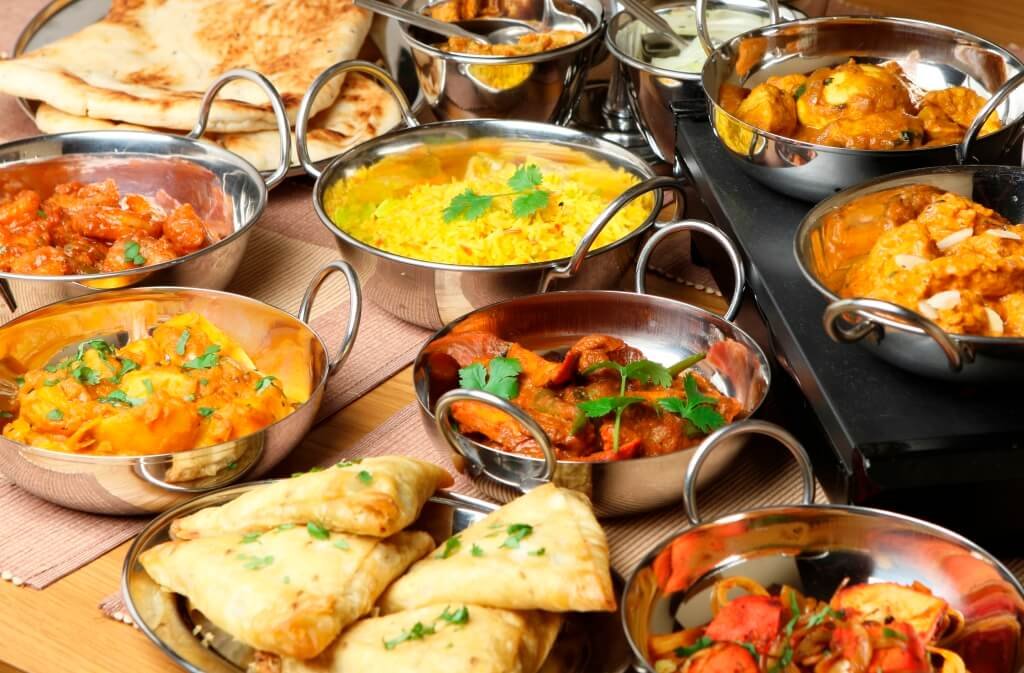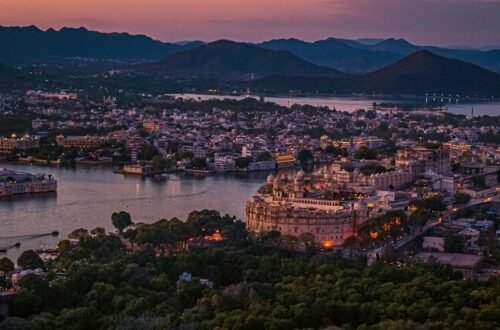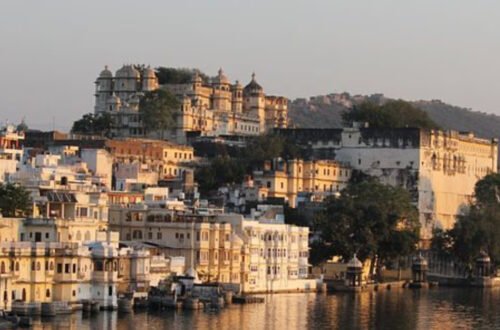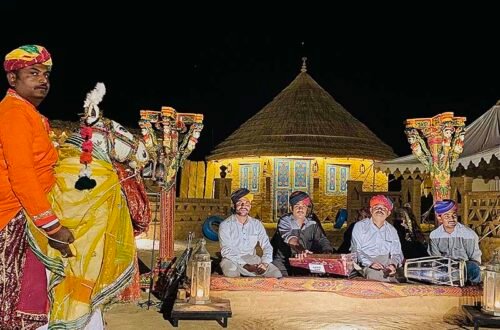There are few places in the world where food tells stories as vividly as in Old Delhi. Every bite carries centuries of cultural exchange, royal heritage, and community traditions, layered with spices and simmered in time-honored techniques. If you’re looking for the best food tour in India, Old Delhi offers not just flavor but a living, breathing history lesson served on a plate.
A Culinary Legacy Rooted in the Mughal Empire
Old Delhi, originally known as Shahjahanabad, was established in the 17th century by the Mughal emperor Shah Jahan. This historic walled city soon became a hub of culinary innovation. The Mughals, with their Persian roots and Central Asian influences, introduced rich gravies, aromatic biryanis, and delicate kebabs. These dishes, often served in royal courts, slowly merged with local Indian spices and cooking styles, resulting in a distinct Indo-Islamic culinary culture that still defines Old Delhi’s food today.
One of the most iconic dishes born from this fusion is the nihari—a slow-cooked stew once eaten by Mughal royalty at dawn. Today, it’s a staple at roadside stalls, enjoyed by locals before sunrise prayers. Similarly, dishes like shahi tukda and seekh kebabs trace their lineage to royal kitchens, but are now democratized and accessible on every street corner.
The Streets That Never Sleep — Or Stop Cooking
Old Delhi’s culinary experience is not confined to restaurants. The true spirit of this area lies in its street food vendors who have been perfecting their craft for generations. Wander through lanes like Gali Paranthe Wali, and you’ll find age-old shops run by third or fourth-generation owners who still use family recipes and traditional cooking methods.
These aren’t just food stalls—they’re institutions. Take Karim’s, established in 1913 by the son of a royal cook, still serving dishes like mutton korma with an authenticity that speaks of history. Or visit Aslam’s Chicken, where grilled chicken is slathered in butter and spices so intensely flavorful it’s become a rite of passage for food lovers visiting the area.
The methods used here—slow roasting, charcoal grilling, hand-grinding spices—are time-intensive but essential. They aren’t just preparing meals; they’re preserving a cultural archive.
Flavors Shaped by Diversity
What makes Old Delhi’s food truly special is the sheer variety influenced by the people who’ve lived here for centuries. Muslims, Hindus, Sikhs, and Jains have all contributed their traditions to the local cuisine. This cultural overlap has led to unique adaptations of dishes—like vegetarian kebabs made from lentils or jackfruit biryani cooked without onion and garlic to align with religious dietary restrictions.
Even the sweets carry a mix of influences. Daulat ki chaat, a seasonal frothy dessert made with milk and saffron, is said to be a blend of Persian culinary imagination and North Indian craftsmanship. You’ll only find it in winter months, made overnight under the dew, a technique passed down orally from generation to generation.
More Than Food: A Story in Every Bite
Each dish in Old Delhi is not just food—it’s a memory, a custom, a ritual. Eating here is an immersive sensory experience. The smell of cardamom wafting through the air, the sound of oil sizzling in enormous kadhai pans, the sight of a vendor deftly folding a stuffed parantha—all these moments together compose a living museum of Indian culinary heritage.
What sets Old Delhi apart is how open it is. Here, heritage isn’t locked away in textbooks or behind museum walls—it’s eaten on the streets, day after day, by thousands. That’s what makes an old delhi food tour so unforgettable. You’re not just trying delicious meals—you’re engaging with living history.
Sustaining Culinary Traditions Amid Modernization
Despite rapid urbanization and modern food trends, Old Delhi’s culinary scene remains deeply traditional. Vendors are resisting the tide of fast food by sticking to what they know best—slow food, cooked with love, and rooted in the past.
Preservation, however, is not without its challenges. Rising real estate costs and shifting consumer preferences threaten many of these longstanding businesses. But there’s a growing movement, particularly among young chefs and food entrepreneurs, to document and preserve these recipes, ensuring they’re passed on.
Platforms that curate authentic Food Tour Packages in India are now playing a vital role in this preservation. By guiding travelers through the hidden lanes of Old Delhi and educating them about the origins of the dishes, they ensure that this culinary heritage is both appreciated and kept alive.
Experience Through the Eyes of Locals
Food in Old Delhi isn’t just for the camera or the plate—it’s deeply personal. Ask a local about their favorite chaat stall or jalebi shop, and they won’t just name a place—they’ll tell you a story. Maybe it’s where their grandfather used to take them on Sunday mornings or the shop that catered their wedding. These layers of nostalgia enrich every meal and offer an emotional texture that no gourmet restaurant can replicate.
Travelers who come with open hearts and curious palates often leave with a deeper understanding of India—not just through monuments and museums, but through flavor. There’s no better way to grasp the spirit of Delhi than to eat your way through its lanes, hand in hand with history.
Old Delhi’s food is more than sustenance; it’s an edible chronicle of time, culture, and community. For anyone with an appetite for flavor and a thirst for understanding, there’s no more delicious classroom than the streets of Shahjahanabad.





